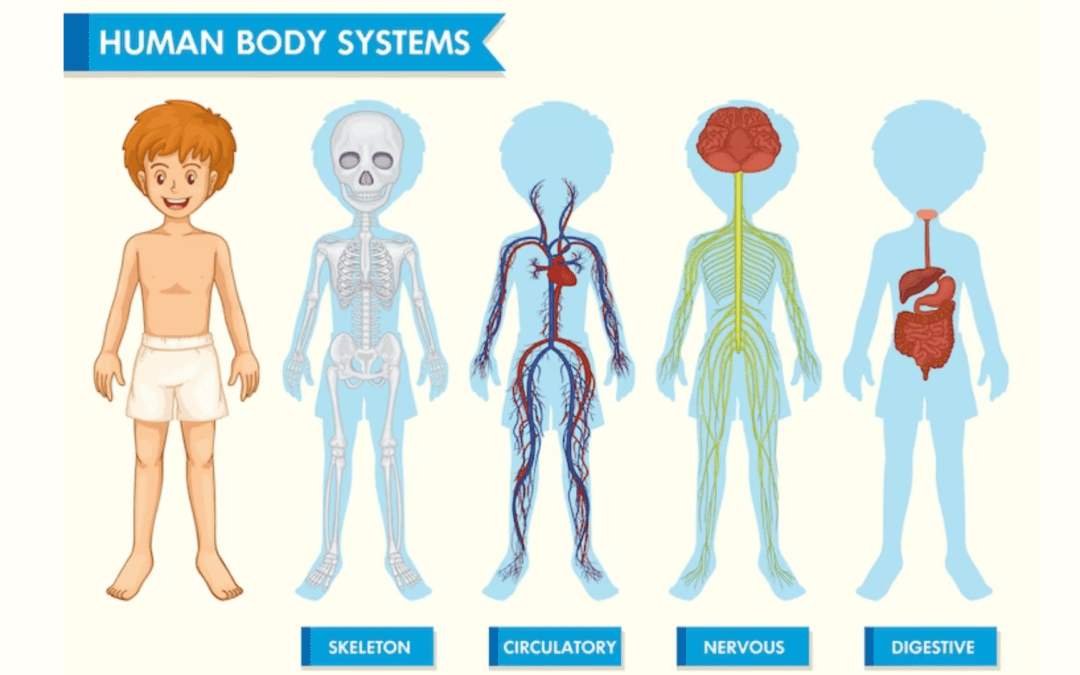Nature is filled with repeated patterns of change that occur over time, known as cycles. These cycles help us understand the world around us, predict events and processes, and appreciate the self-sustaining nature of our planet. One such cycle that is vital to life on our planet is the water cycle. The water cycle describes the continuous movement of water on, above, and below the Earth’s surface.

Essential Takeaways
- Water is a precious resource that we must conserve.
- The carbon, nitrogen, and oxygen cycles are crucial for maintaining the balance of the ecosystem.
Learning Objectives
- Understand water cycle and its importance
- Explain the carbon and oxygen cycles
- Understand the role of each cycle in maintaining the balance in our ecosystem
Core ideas
- Cycles are repeated patterns of change in nature.
- Understanding cycles helps us predict events and processes.
- The water cycle is a vital cycle for life on Earth.
- The water cycle describes the movement of water on, above, and below the Earth’s surface.
- The water cycle involves evaporation, condensation, precipitation, and transpiration.
Points to Remember
- The water cycle involves the continuous movement of water on, above, and below the earth’s surface.
- The carbon cycle involves the exchange of carbon between living organisms, the atmosphere, and the ocean.
- The nitrogen cycle involves the conversion of nitrogen into usable forms by bacteria and other organisms.
- The oxygen cycle involves the production and consumption of oxygen by living organisms.




